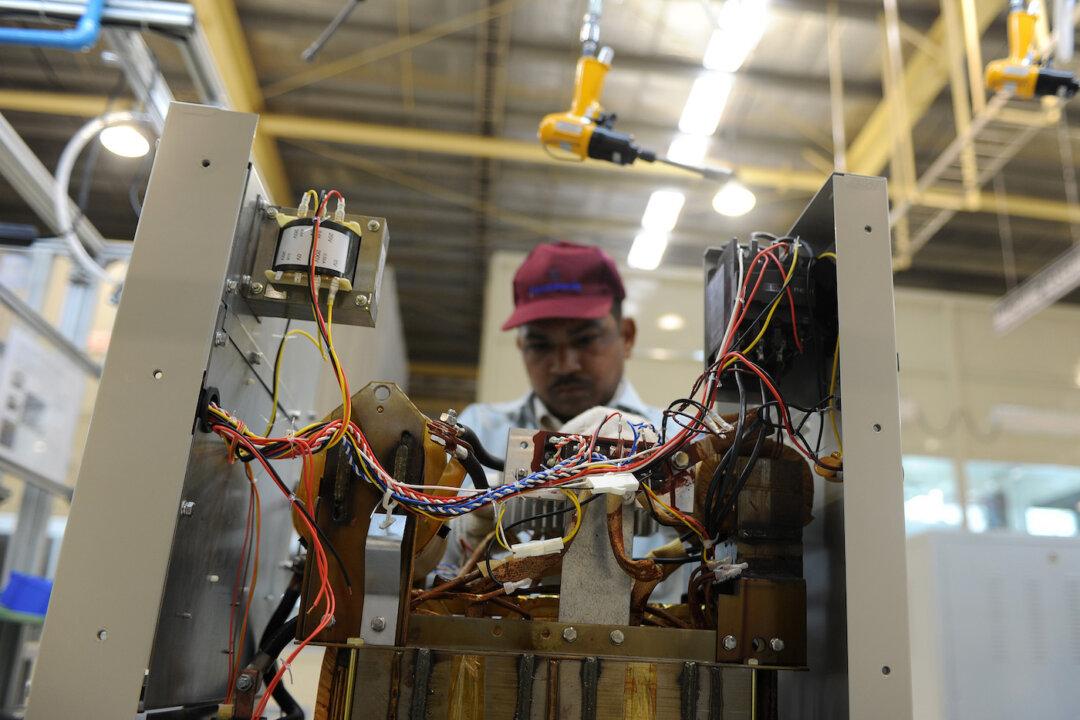The Indian government on Dec. 15 approved a 760 billion rupee ($10 billion) incentive scheme for the development of semiconductors and display manufacturing ecosystems, with the goal of positioning India as a global electronics manufacturing hub.
“The program will usher in a new era in electronics manufacturing by providing a globally competitive incentive package to companies in semiconductors and display manufacturing as well as design,” the government said in a statement.





